Originally published by The Evidence Base in both video and written format, republished here with permission.
At ISPOR 2025, Priti Jhingran and Tijana Ignjatovic from Genesis Research Group explored the topic of what the IRA might mean for future pricing and access strategies in their session, “Is IRA Becoming America’s HTA?”. In this interview with Laura Dormer of The Evidence Base, she spoke with Priti and Tijana to dive deeper into their insights.
Laura Dormer:
Hello, everyone. I’m Laura Dormer, and I’m the editor of The Evidence Base. I’m pleased to be joined today by Priti and Tijana from Genesis Research Group. At ISPOR 2025, Priti and Tijana explored the topic “Is IRA becoming America’s HTA?” And in this interview, we’re going to dive deeper into some of their insights on that topic. So Priti and Tijana, welcome. To begin, could you briefly describe your roles at Genesis Research and what led you to explore this topic in your ISPOR 2025 HEOR Theater presentation?
Priti Jhingran:
Sure, I can go first. My name is Priti Jhingran. I am the Vice President of Evidence and HEOR Strategy at Genesis Research. I’ve been here five years, but prior to that, I spent almost two decades in PhRMA in leadership roles in the HEOR space, both globally as well as in the US. I’ve had the opportunity to lead multiple initiatives focused on value, evidence, and outcomes.
And what led us to explore this topic—honestly, it was genuinely being curious about how similar or dissimilar the evidence needs were between the IRA as well as HTA. As strategic consultants, we get exposed to these dossiers both for IRA as well as HTA. We saw a lot of similarities, but also some differences.
Tijana Ignjatovic:
Hi, everyone. My name is Tijana Ignjatovic. I’m the Vice President in the Access and Pricing Division of Genesis Research Group. I’ve been in the space of market access for over 15 years. My focus currently is supporting our clients in navigating market access challenges and optimizing opportunities for their assets, with a focus on the payer lens in particular.
The reason why this topic is so important now is that the IRA passing really is shifting some of the dynamics in the US market—from being a free drug pricing market to starting to see some constraints. I think that is a significant development that is quite important for our partners.
Evidence Requirements Under the IRA’s Medicare Drug Price Negotiation Program
Laura Dormer:
Priti, could you outline the key evidence requirements under the IRA’s Medicare Drug Price Negotiation program?
Priti Jhingran:
Sure. There are about five different categories of evidence requirements for the IRA.
-
Clinical benefit – How does the drug’s efficacy and safety pan out in the clinical trials?
-
Comparative effectiveness – Comparing the efficacy and safety of the drug relative to alternatives.
-
Cost-effectiveness/economics – A relative assessment of the economics associated with drug use.
-
Market data – Pricing, sales, and utilization patterns.
-
Real-world evidence (RWE) – Since the IRA assessment happens many years after launch, RWE plays an important role in evaluating performance in clinical practice.
IRA vs. Traditional HTA Frameworks
Laura Dormer:
Which elements of the IRA negotiation process most closely resemble traditional HTA frameworks, and conversely, where do they diverge?
Priti Jhingran:
Both IRA and HTA include net clinical benefit, comparative effectiveness, real-world effectiveness, patient and provider input, and some economic analysis.
But there are differences:
-
The IRA does not include quality-adjusted life year (QALY) thresholds, whereas HTAs do.
-
There is greater emphasis on RWE in IRA negotiations since products are assessed years post-launch.
-
IRA does not include budget impact assessments or external reference pricing, which HTAs consider.
-
CMS requests manufacturers provide cost of manufacturing and R&D as part of negotiations.
-
CMS weights all indications of a molecule equally, which differs from HTA approaches.
Exclusion of QALYs in IRA Negotiations
Laura Dormer:
One of the notable distinctions you mentioned was the exclusion of QALYs. How does that influence the evidence manufacturers are expected to submit?
Priti Jhingran:
The use of QALYs is not permitted by the IRA, primarily to avoid discriminatory outcomes. However, CMS is open to considering evidence from cost-effectiveness studies. Essentially, they can include components of a cost-effectiveness analysis, but will not use a quality assessment in their evaluation.
Free-Pricing Window and Market Access
Laura Dormer:
Tijana, your analysis suggests that the IRA may shorten the free-pricing window by about two years. What are the implications for small-molecule therapies?
Tijana Ignjatovic:
Products are selected for negotiation years after market entry, and negotiated prices apply later. Our analysis compared LOE timing with negotiated price applicability and found the free-pricing period may be shortened by ~2 years on average.
Small molecules are eligible four years earlier than biologics, putting them at a disadvantage in revenue potential. This could shift manufacturer preference toward biologics. Legislative proposals like the EPIC Act aim to level the playing field, but have not yet passed.
Maximum Fair Price Across Indications
Laura Dormer:
The requirement to apply a single Maximum Fair Price (MFP) across all indications presents challenges. How can manufacturers address this?
Tijana Ignjatovic:
Manufacturers must balance expanding indications (increasing revenue) against increased risk of selection for negotiation and potential price drops. We’ve already seen clients deprioritize or delay indication expansions to manage this trade-off.
Evidence in First Round of Negotiations
Laura Dormer:
Reflecting on the first round of negotiations, which types of evidence appeared most influential?
Tijana Ignjatovic:
Most influential:
-
Robust comparative data versus CMS’s choice of therapeutic alternative
-
Indirect treatment comparisons and network meta-analyses
-
RWE and cross-indication dossiers
Less impactful:
-
General arguments about innovative mechanisms of action
-
Pure R&D costs
-
Non-quantifiable data
Preparing for the Next Negotiation Cycle
Laura Dormer:
What practical advice would you offer to manufacturers and HEOR teams preparing for the next cycle?
Tijana Ignjatovic:
Treat IRA readiness like HTA readiness. Draw on global experience, plan early for cross-indication dossiers, and build an evidence generation plan that extends well beyond launch.
Role of Real-World Evidence in Future IRA Negotiations
Laura Dormer:
Priti, how do you see the role of RWE evolving?
Priti Jhingran:
Since negotiations occur many years post-launch, developing comparative and real-world evidence is critical. It helps sustain access after launch and supports value demonstrations in Medicare populations. That requires early planning, collaboration across pharma teams, and proper investment in studies.
Laura Dormer:
Great! Thank you both for speaking to us today.
Priti Jhingran & Tijana Ignjatovic:
Thank you.
<<Access the full ISPOR 2025 presentation online>>
To learn more about how Genesis Research Group’s HEOR, access, and RWE expertise can help your organization navigate complex healthcare challenges, contact us at solutions@genesisrg.com.
Explore our solutions | Download our brochure | Sign up to our newsletter
About the Genesis Research Group interviewees
Priti Jhingran, Vice President, Evidence & HEOR Strategy has over three decades of experience working in the pharmaceutical industry. She has facilitated and led multiple enterprise level initiatives focused on value, evidence, and outcomes, and led, managed, and developed diverse teams of health outcomes scientists dedicated to generation, dissemination, and communication of evidence supporting optimal reimbursement/access decisions for pharmaceutical products. She has published in the areas of health economic evaluation, health policy, and health services research with over 75 peer-reviewed populations.
Tijana Ignjatovic, Vice President, Global Market Access & Pricing has over 16 years of consultancy experience within market access, having conducted well over 100 pieces of research across a range of therapy areas. This experience has given Tijana in-depth knowledge on how to optimize research methodologies to meet the strategic intent of payer research and provide actionable recommendations.




